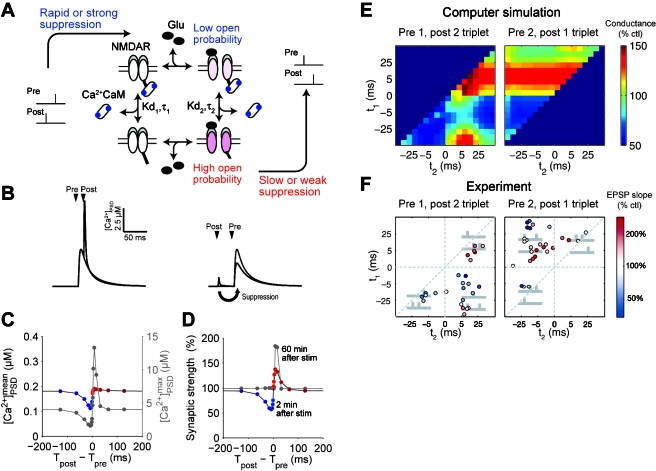Figure 2. Allosteric kinetics of NMDARs and synaptic plasticity induced by spike triplets.
[(A), (C), (D), and (E)] Adapted with permission of the Society for Neuroscience (Urakubo et al., 2008), copyright (2008). (A) Hypothesis of the allosteric kinetics of NMDARs as a spike-timing detector (Urakubo et al., 2008). Ca2+/calmodulin binds to a glutamate-unbound NMDAR more rapidly or strongly than to a glutamate-bound NMDAR. (B) Ca2+ time courses by prespiking→postspiking (left, black) and postspiking→prespiking (right, black) with the allosteric kinetics. Ca2+ increase is given primarily by Ca2+ influx via NMDAR channels and secondarily by Ca2+ influx via VGCCs. Gray traces indicate Ca2+ time courses by prespiking alone. (C) Spike-timing dependency of mean and maximum Ca2+ concentration with the allosteric kinetics. Ca2+ increase is primarily given by Ca2+ influx via NMDAR channels. (D) The critical timing window of STDP with the allosteric kinetics. Synaptic plasticity induced by spike triplets (E) in the model with the allosteric kinetics (Urakubo et al., 2008) and (F) in experiments (Froemke and Dan, 2002). Reprinted by permission, from Macmillan Publishers Ltd: Nature (Froemke and Dan, 2002), copyright (2002). In the left panels (pre-1 and post-2 triplets), t1 indicates the spike interval of the first postspiking event and the prespiking event, and t2 indicates the spike interval of the second postspiking event and the prespiking event. In the right panels (pre-2 and post-1 triplets), t1 indicates the spike interval of the first prespiking event and the postspiking event, and t2 indicates the spike interval of the postspiking event and the second prespiking event.

